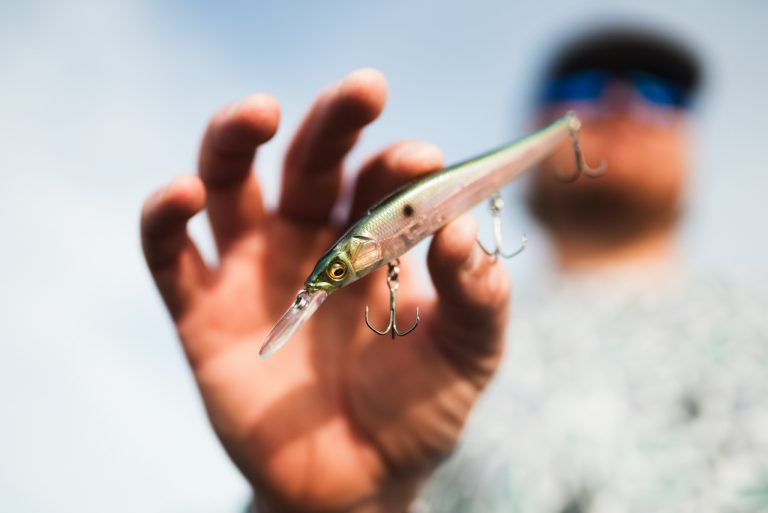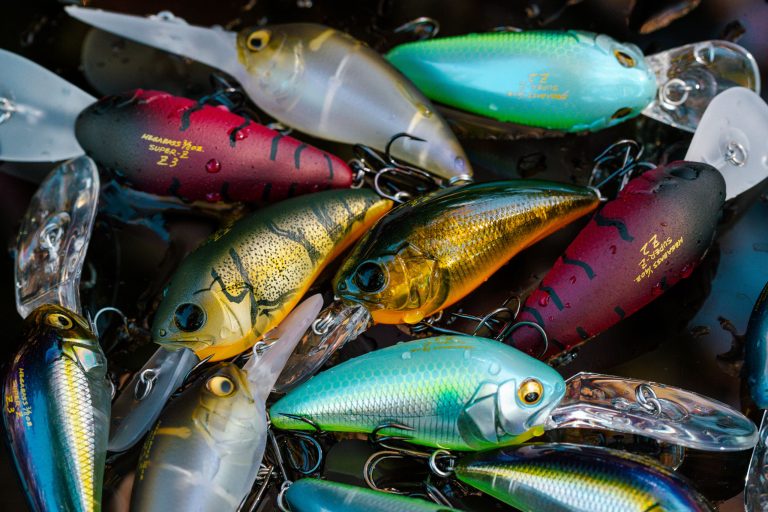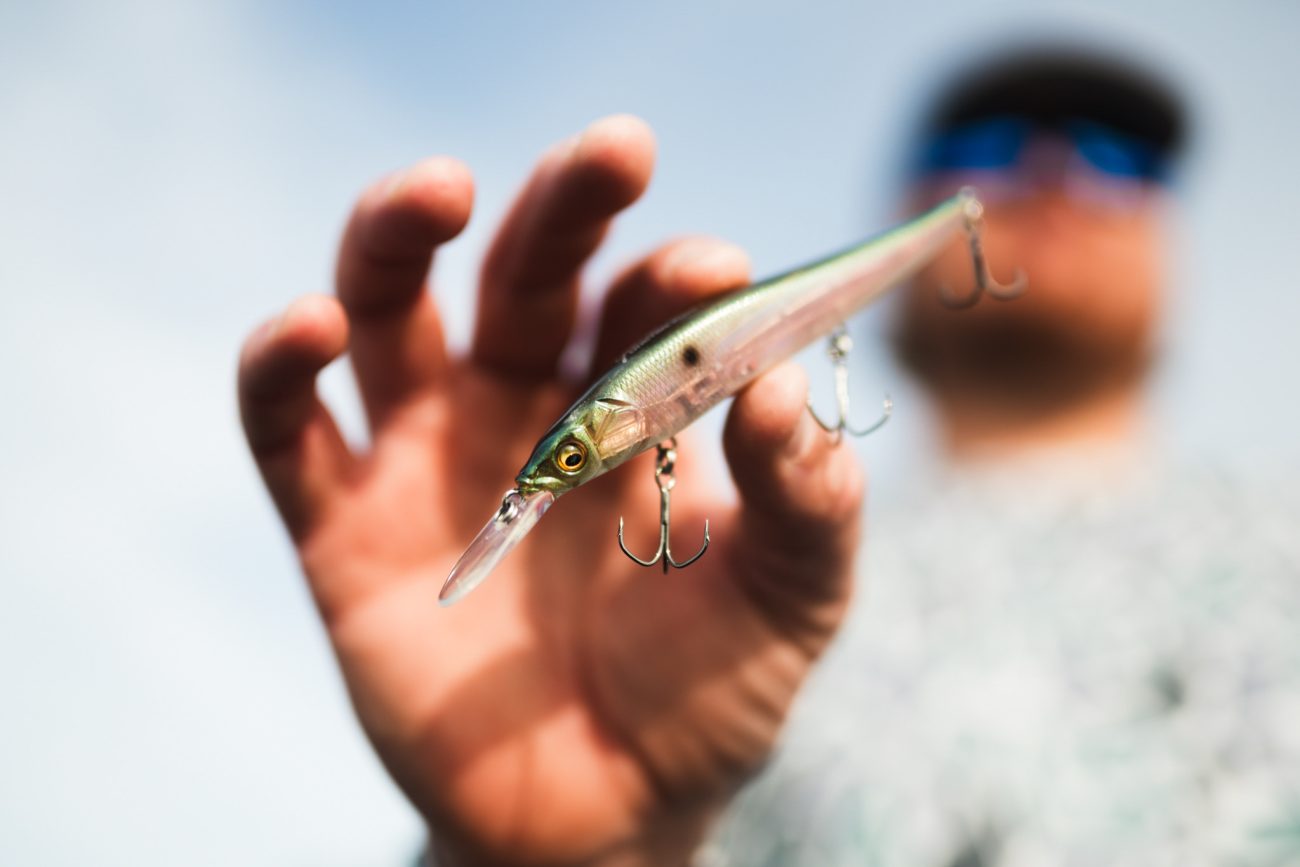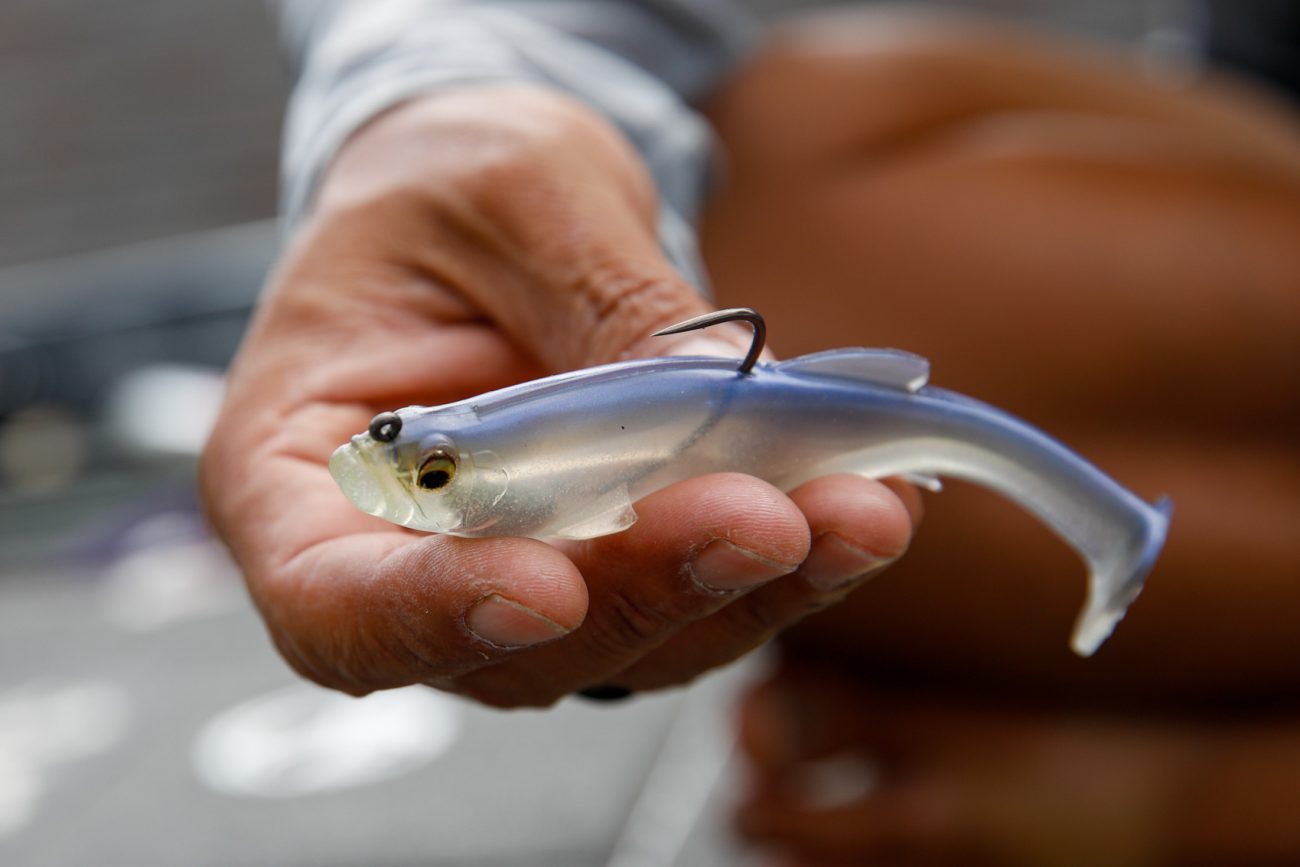One of the greatest attractions of bass fishing is the fact not all the bass are doing the same thing at the same time on any given body of water. The May/June period is a time of major transition in many lakes, and options exist both deep and shallow, but shallow water swim jig fishing will be the focus in this blog.
When talking shallow fishing, few techniques are as exciting and productive as swimming a jig in shallow water! The UOZE SWIMMER is a step above traditional swim jigs due to its design/ quality components and the addition of an underspin to add the element of flash to the bait.
Swim jig fishing has evolved greatly from traditional jig fishing. Roughly 20 years ago, anglers started noticing bass would hit a normal jig and trailer as it was being pulled out of cover and reeled back to the boat. The horizontal swimming presentation in and around shallow cover appealed to the bass due to it is quiet, natural look. Slowly, jigs evolved to become technique specific to this method, and eventually, the UOZE SWIMMER’s advanced technology was able to set the bar for this specific style of swim jig.
Swim jigs are still considered shallow grass lures for the most part. Though swimming a jig through shallow grass is extremely productive, swim jigs are not limited to this type of cover. Bass will bite swim jigs around most shallow cover including wood, rocks, docks, overhanging trees, and even on bare banks in some cases.
FACTORS THAT IMPACT SWIM JIG FISHING
- Stained water: Water visibilities of six inches to two feet are considered ideal.
- Targets: Swim jigs are good ambush lures. Deflecting the bait off objects and past ambush points can generate the most strikes.
- Retrieves: An erratic retrieve is crucial. Keeping your rod tip in between the 11 to 12 o’clock position and shaking the rod tip during the retrieve will generate vicious strikes.
- Equipment: A, 7-foot medium-heavy rod, such as the F6-70XX OrochiXX TOUR VERSATILE, paired with 30-50-pound braided line is considered the ideal swim jig setup. At times, if the cover is not too thick, or if the water visibility is approaching the two-foot mark, fluorocarbon line is preferred.
- Colors: Selecting the correct color is a key part of the swim jig system since the bait is a sight-orientated lure. For the most part, go with darker colors or whites in dirtier water, and more natural hues like greens and browns in clearer water.
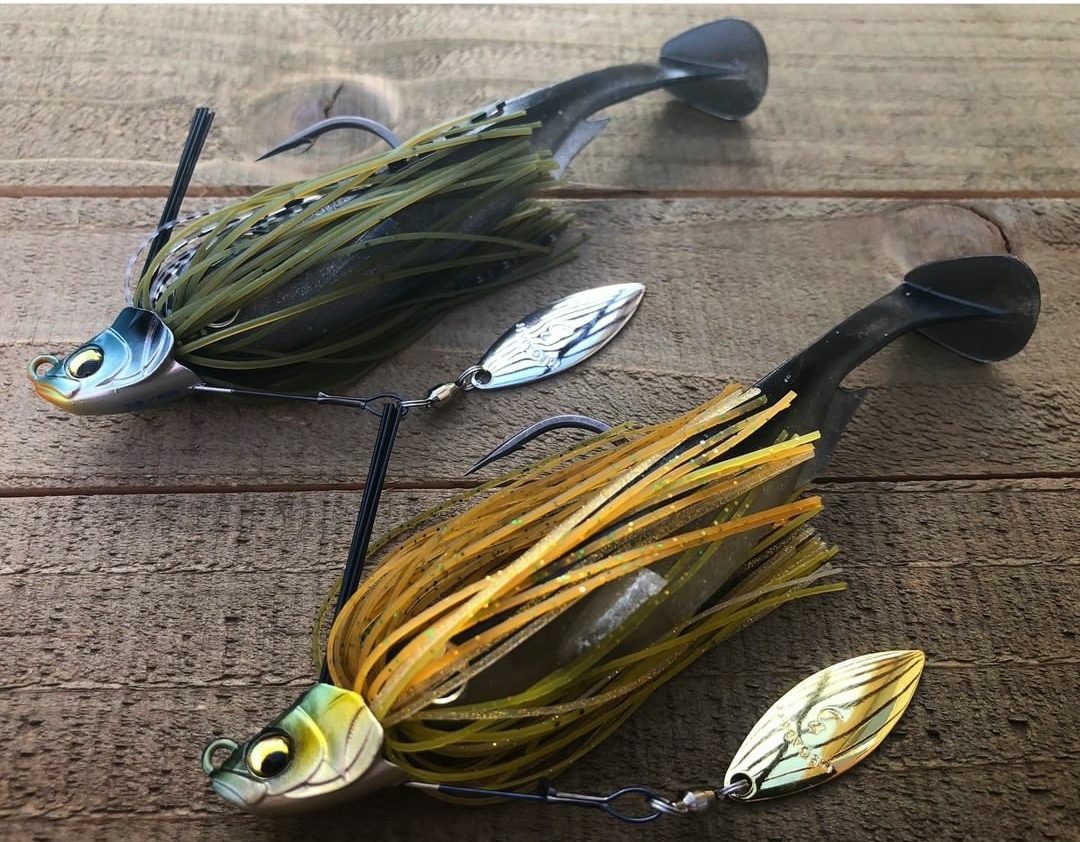
For the most part, in May and early June, you can still find a significant portion of the bass population in shallow water. Ideal swim jig habitat can be found towards the back of coves and creeks, or on flatter banks on river systems. The upper reaches of many lakes where you can find water that is more stained, offers anglers increased opportunity for swim jig fishing. The spinner blade affixed to the bottom side of the UOZE SWIMMER adds a large amount of attraction to the bait allowing it to be effective, even in heavily stained water.
As far as jig trailers go, it is a matter of personal preference, but boot tail swimbaits like the SPARK SHAD are among the most popular choices. Twin-tail trailers and even plastic chunks are used at times for certain scenarios.
Like many other techniques, swim jig fishing has a die-hard following among many of its aficionados and given the right situation, can be one of the most productive methods of catching numbers of quality fish. Spending time on the water fishing the UOZE SWIMMER will allow you to build confidence in the bait and learn how it best fishes for your specific fishing style and location.

